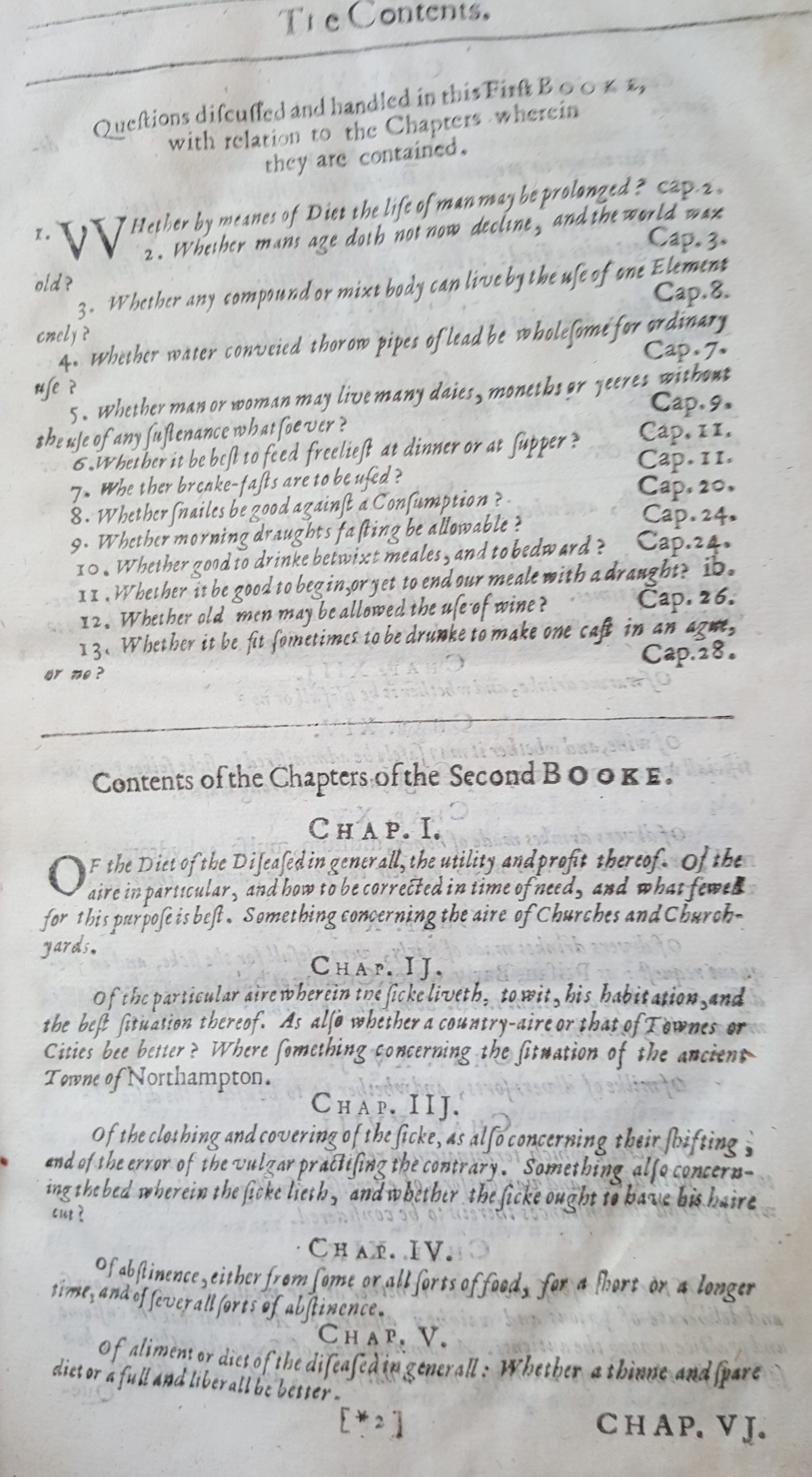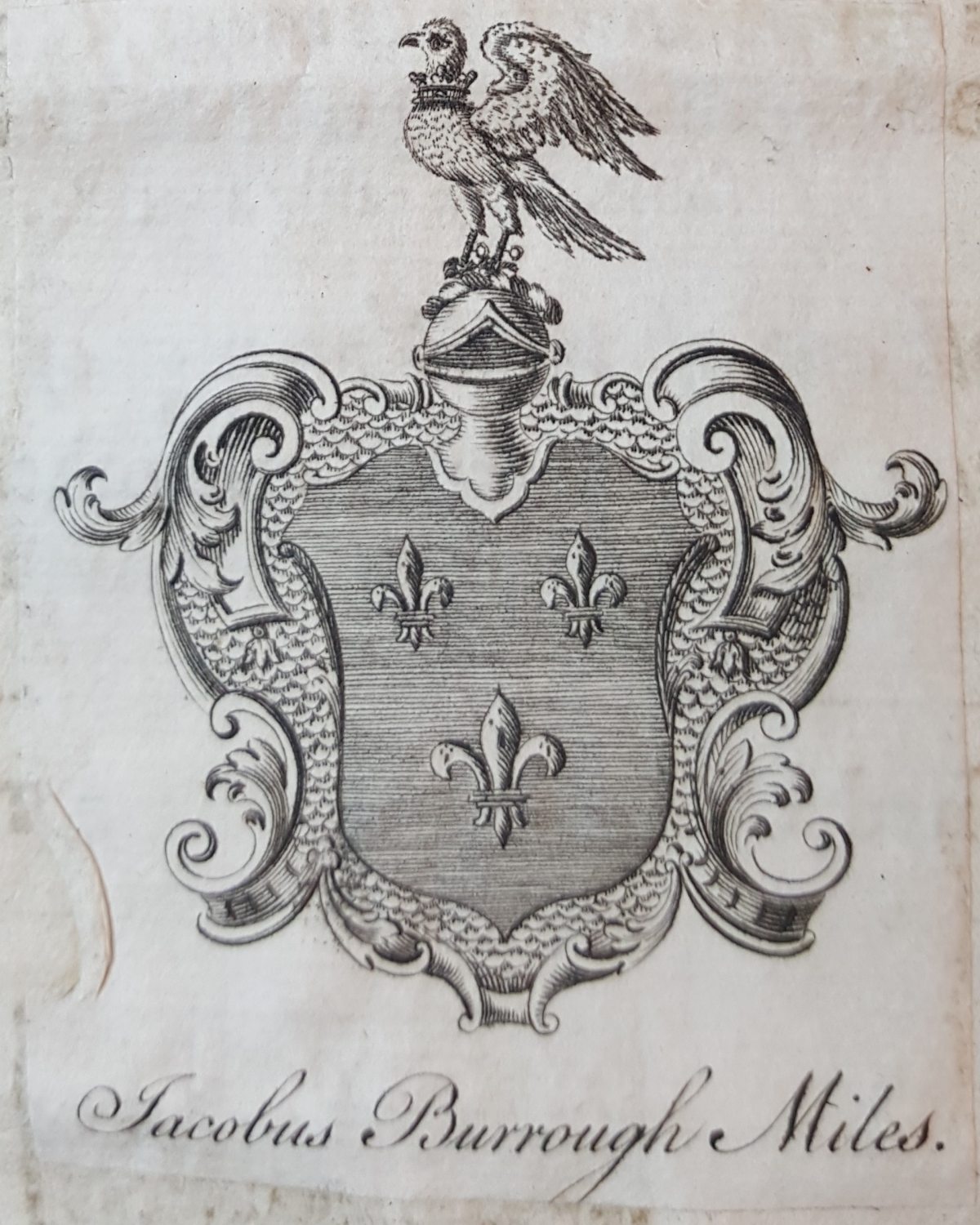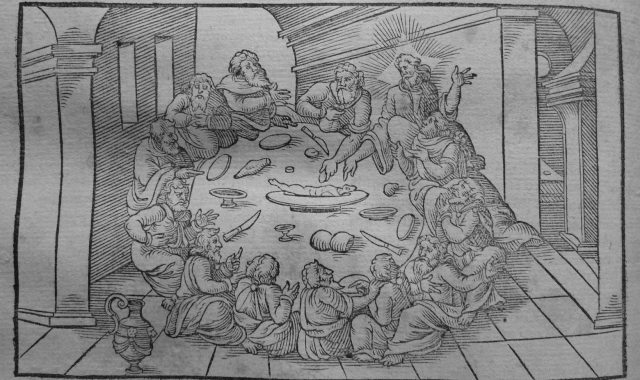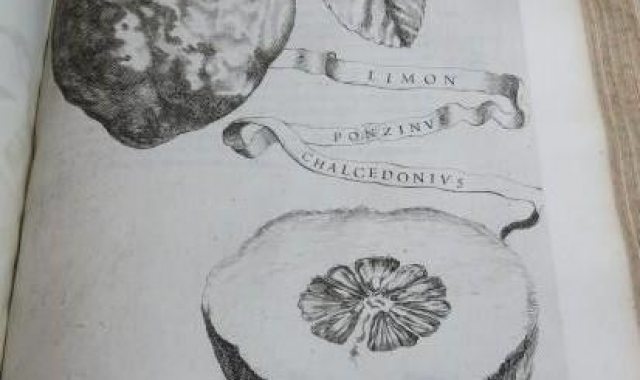Diet of the diseased
Klinikē, or, The Diet of the Diseased, by James Hart. Printed in London by John Beale for Robert Allot, 1633.
Lower Library, K.26.4.

James Hart (born c.1580–90) was a physician from Northampton whose 1633 book The Diet of the Diseased was one of the first to consider diet and health together with the aim of curing illness and promoting a healthy lifestyle. For Hart, it was as important to study the diet of the diseased ('much neglected by physitians') as that of the healthy in order to learn about health.
Hart shows foresight in his examination of non-natural causes of disease. For example, he highlights the harmful effects of abusing tobacco and alcohol and advocates moderate exercise alongside a good diet. Many of the topics Hart raises are familiar to modern debates about healthy living: '…how often we ought to eat in a day, and when to feed freeliest, at dinner or at supper'; 'Whether we ought to purge or no?'; 'Whether sleepe in the day time bee to bee allowed of?'. Others are predictably more antiquated: 'Whether leap yeere altereth or infringeth the force of minerall waters for that yeere' (see fig. 1).
Diet of the Diseased does not offer specific remedies for ill health because Hart believed that only learned physicians could and should administer these; instead, he encourages the reader to monitor their health in order to maintain the balance of the humours. This commitment to the Hippocratic method means that Hart has no time for esoteric therapies such as love potions, while food fads are to be discouraged (the eating of snails and frogs, for example, is dismissed as a French fashion – consumption for curiosity rather than necessity).
The introduction to Diet of the Diseased (fig. 2) lays out Hart’s belief in the authority of the physician going back to Galen and Hippocrates, and the danger of false practitioners who eschew natural philosophy. Hart warns people away from empirics, 'quack-salvers', Paracelsians, women physicians and so on. But this was not merely commercial expediency. Hart was a Puritan and this informed his particular anger towards priest-physicians, whose dual role was, for him and many of his peers, a dereliction of religious duty and the cause of a 'great deale of mischiefe'. Nine years earlier he had written a missive on this subject but had been unable to obtain a license for printing from the Stationers’ Company, who had a monopoly on printing in England. Seeing an opportunity with the publication of Diet of the Diseased, Hart inserted several controversial passages from his earlier text into the introduction. We might speculate that the introduction was inserted after the Royal College of Physicians 'in a generall view looked over' and licensed the publication; certainly it is paginated separately to the rest of the book (see Harley, 1998).
Our copy bears the bookplate of Sir James Burrough (fig. 3). Burrough was Master of Caius from 1754-1764 and bequeathed over 100 books to the library.
References: Harley, David. (1998). James Hart of Northampton and the Calvinist critique of priest-physicians : an unpublished polemic of the early 1620s. Medical History, 42 : 362-286.






